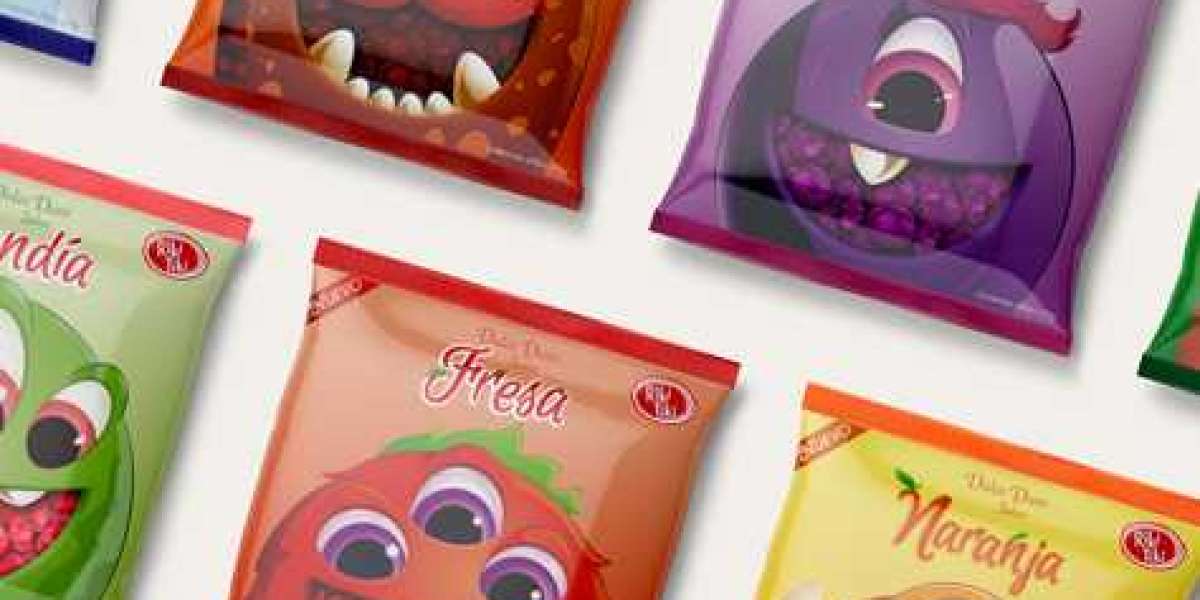Plastic bread packaging has become a ubiquitous part of our daily lives, playing a critical role in the bread supply chain. While it serves essential functions, its environmental impact has raised concerns, prompting a shift toward more sustainable practices. This article explores the benefits and drawbacks of plastic bread packaging, the challenges it presents, and innovative solutions that are emerging in the industry.
Benefits of
Preservation of Freshness: Plastic packaging helps retain moisture, keeping bread fresh for longer. It protects against environmental factors such as air, humidity, and contamination, ensuring that consumers receive quality products.
Cost-Effectiveness: Plastic packaging is generally cheaper to produce than alternatives like glass or metal. It is lightweight, reducing shipping costs and energy consumption during transport, making it economically favorable for manufacturers.
Convenience: Plastic bags are easy to handle, reseal, and store. Consumers appreciate the lightweight nature and flexibility of plastic packaging, which fits conveniently in bags and containers.
Customization and Branding: Plastic packaging allows for vibrant colors and designs, making it an effective medium for branding. This visual appeal can attract consumers and communicate product information, such as nutritional benefits or ingredients.
Drawbacks of Plastic Bread Packaging
Environmental Impact: The primary concern with plastic packaging is its contribution to environmental pollution. Plastics are often not biodegradable and can persist in landfills for hundreds of years. This has led to increased pressure on manufacturers to find eco-friendly alternatives.
Recycling Challenges: While some plastics are recyclable, not all bread packaging materials are accepted in recycling programs. Contamination and the complexity of recycling processes can hinder efforts to recycle plastic waste effectively.
Health Concerns: There are concerns about the potential leaching of harmful chemicals from plastic into food. Although regulatory agencies monitor these risks, consumers remain wary of using plastic for food storage.
Waste Generation: The convenience of plastic packaging often leads to increased consumption and waste. Many consumers discard packaging without considering its impact, contributing to the growing plastic waste crisis.
Innovations and Alternatives
The food industry is responding to environmental concerns by developing innovative packaging solutions. Some notable trends include:
Biodegradable Plastics: Companies are investing in bioplastics made from renewable resources like cornstarch or sugarcane. These materials decompose more quickly than traditional plastics, reducing environmental impact.
Reusable Packaging: Some brands are exploring reusable containers for bread, promoting a circular economy model. Consumers can return or exchange these containers, minimizing waste.
Compostable Materials: Packaging that can be composted rather than sent to landfills is gaining traction. This option allows organic waste to return to the soil, enriching it without contributing to plastic pollution.
Smart Packaging: Technology is also being integrated into packaging. Smart indicators can signal the freshness of bread, reducing waste by informing consumers when a product is nearing expiration.
Plastic bread packaging plays a vital role in the modern food supply chain, balancing convenience and preservation with environmental challenges. As awareness of these issues grows, both consumers and manufacturers are seeking more sustainable alternatives. The ongoing innovations in packaging technology promise a future where bread can be enjoyed without compromising the health of our planet. As we move forward, the transition to more sustainable packaging solutions will be crucial in addressing the plastic waste crisis and promoting environmental stewardship.













